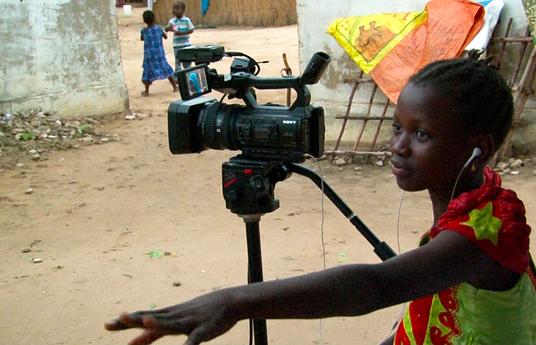TONGO was inspired by fieldwork with public school teachers in Colombia, addressing classroom climate issues. Key challenges identified include integrating academic instruction with socio-emotional learning, as well as providing educators with creative tools for dynamic, reality-connected, and effective lesson planning.
TONGO IS an instructional design method that, through a formula, creates a connection between knowing how to do (academic content) and knowing how to be (socio-emotional learnings) that are chosen, using metaphors as a common thread.
Currently we have trained 65 educators, we started by offering a free creativity course to test the method and then contacted a public school principal that open the doors of his school after seeing the aligmne tand necesity os something like tongo
Contact us, we can give you some already developed lesson plans to test. Our preferred method is get trained on the method, or work with a TONGO facilitator to help you developed your own lesson plans.


